
Sudocrem® for Acne
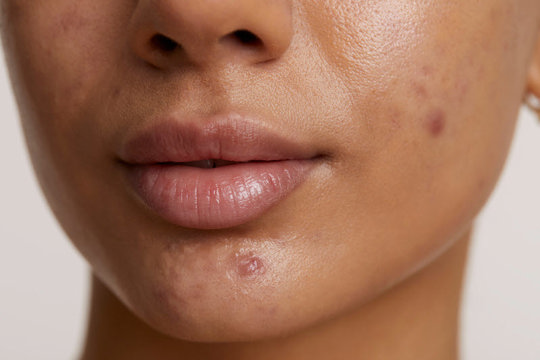
Acne is a common skin condition, about 95%*** of people aged 11 to 30 experience acne at some point. It usually appears on your face, but can also develop on your neck, back and chest.
How Sudocrem®Antiseptic Healing Cream helps Acne:
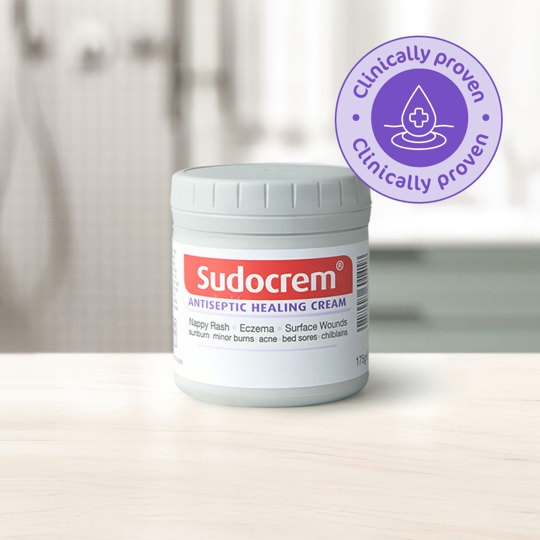
- Helps to treat inflamed skin
- Minimises the risk of infection
- Reduces redness for less noticeable acne spots
- Soothes sore skin and helps relieve pain from inflamed spots
- Promotes healing to help prevent acne scars
How to use Sudocrem® for acne:
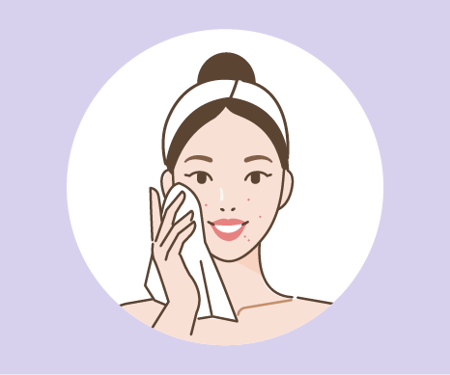
1. Clean
Gently cleanse and pat dry the affected area.
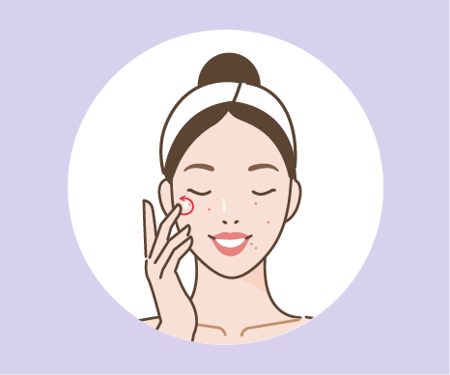
2. Apply
With a fingertip, apply a small amount of Sudocrem® using circular movements to create a thin translucent layer.
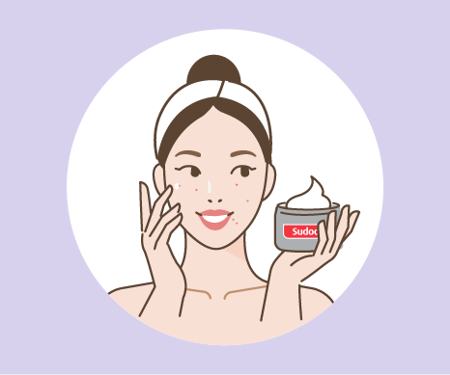
3. Repeat
Use as often as required.






